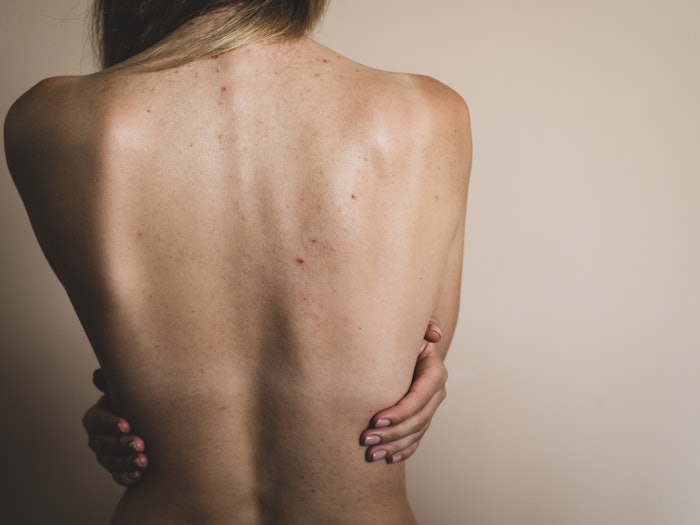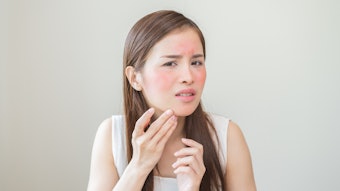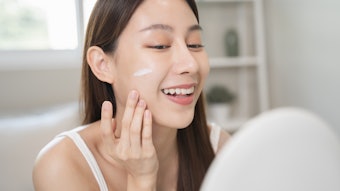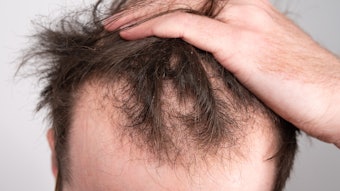
Recent research published in the Journal of Dermatologic Science and Cosmetic Technology provided an analysis of body acne, identifying its characteristics and exploring assessment methods and treatment.
Body Acne: Key Sebum, pH and Microbial Findings
The authors' analysis of truncal acne revealed:
- lower sebum production,
- lower pH and
- greater microbial imbalance than facial skin.
Additional Influences, Assessment Tools
In addition, the authors found body acne is influenced by:
- hormonal shifts,
- gender differences and
- fabric contact influencing outbreaks.
What's more, severity assessment tools to examine body acne fell short, per the authors. See the full open access article for more details.
Setting the Foundation for Targeted Care
According to the authors, while acne affects people of all ages and ethnicities, most research focuses on the face, leaving acne on the chest, back and shoulder less understood.
By clarifying biological and environmental factors, the paper aims to offer a foundation for more targeted care. It also calls for further research to close the gap between facial acne knowledge and effective body acne management.










